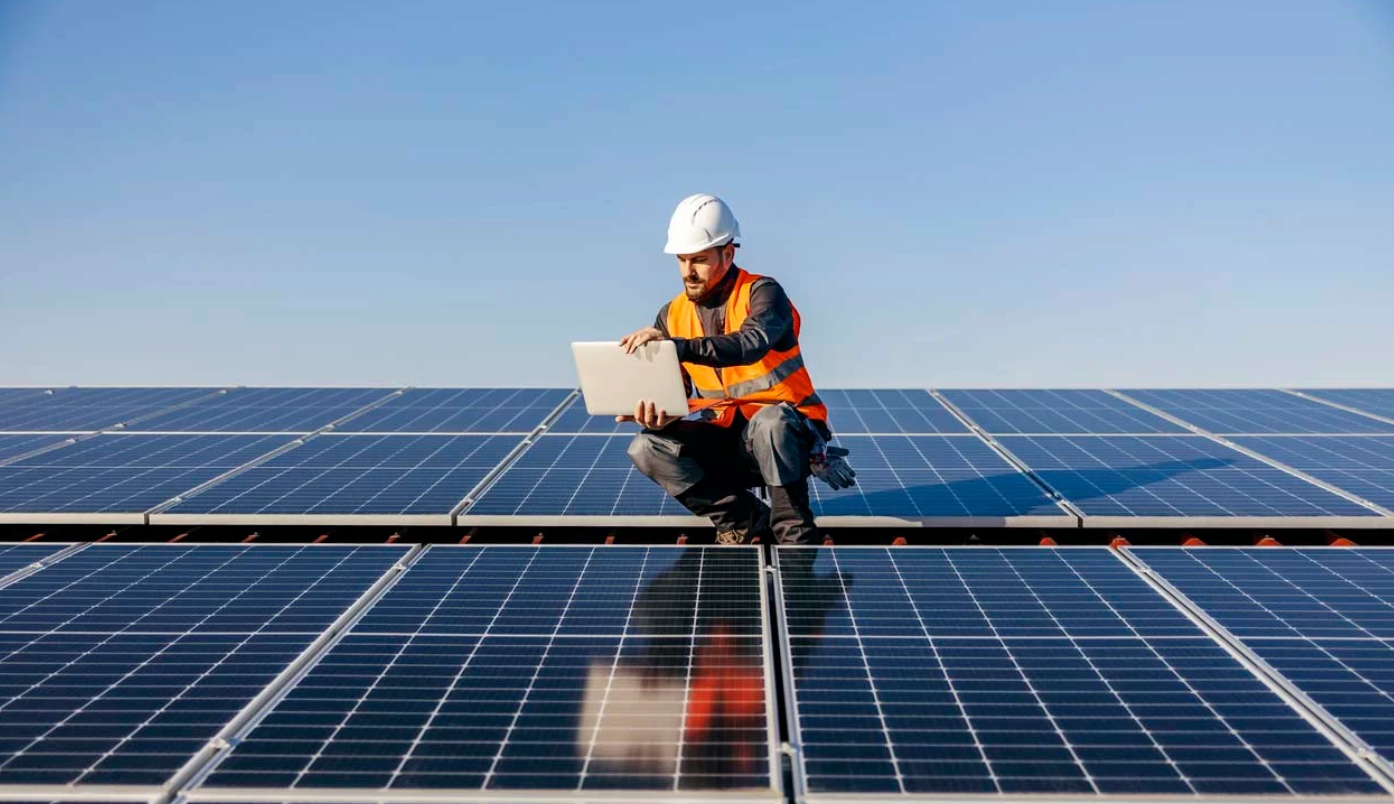Exciting news for all homeowners!
“Photovoltaics for All” is a program, making it simpler and more affordable to have rooftop solar panels.
This new program is part of the government’s efforts to help people in need. It’s aimed at giving everyone access to the benefits of solar power, without the big upfront costs.
In a bold move to expedite the transition to green energy, the Ministry of Energy is gearing up to unveil a groundbreaking solar energy production initiative that promises to reshape the balance between conventional and green energy sources.
Under the banner of “Photovoltaics for All,” the government’s ambitious plan seeks to lower electricity tariffs while boosting the adoption of renewable energy sources (RES).
Notably, this project distinguishes itself from past endeavors by eliminating restrictions on the number of beneficiaries. This means that any interested individual can apply for the installation of photovoltaic panels on their roof for self-consumption without the need for an initial capital investment. Moreover, users can anticipate a 50% reduction in their electricity bills once the system is operational.

No Bank Loans Needed
You won’t need to get a bank loan to make this happen. The money for the project comes from the Renewable Energy Sources and Energy Conservation Fund. They will cover the cost of buying and installing the solar panels.
How It Works
Once the solar panels are up and running, you will start paying for them through your electricity bill from the AHK or another electricity company. This payment is about €150 every two months. But don’t worry, you will save more on your electricity bill, thanks to the solar panels.
The Five-Step Process
The “Photovoltaics for All” project aims to streamline the installation process, with bureaucratic procedures and system setup estimated to be completed within three months of application. Here are the five essential steps to install a photovoltaic system in your home:
-Application (anticipated start date: January 1, 2024).
-Installation approval.
-Sponsorship payment (options of €1000 or €1500).
-Photovoltaic panel installation.
-Connection to the grid.
Notably, recent data suggests a significant reduction in delays for RES generation connections, with the number of pending requests dropping from 1000 to below 100.

Who Can Benefit?
The “Photovoltaics for All” plan is designed to cater to a wide audience, particularly targeting small and medium-sized homes. Prospective beneficiaries can choose between two grant options: €1000 and €1500. Under the €1000 grant, applicants are not required to make an initial capital investment for the photovoltaic installation, and the maximum solar energy production is capped at 4.5 kW.
Repayment will occur through installments (€150 on each electricity bill) over three years. On the other hand, the €1500 grant mandates a one-time installation payment, while there is no restriction on solar energy production.
Funding for this initiative will come from the RES and Energy Saving Fund (RES – ex.(E)), which is bolstered by European funds dedicated to green initiatives. Additionally, resources from the emissions fund may also be utilized, creating a continuous cycle of funds flowing to consumers for green energy production and repaid in installments to the fund.
Immediate Benefits
The advantages of this project will become evident as soon as the photovoltaic system goes live. Those opting for the €1000 sponsorship option can expect their electricity bills to be halved. For instance, with an average consumption of €370, consumers will pay only €30 every two months for fixed charges, in addition to the €150 repayment installment for the photovoltaic system—amounting to a total of €180.
Overall, it’s estimated that the investment in a residential photovoltaic system in Cyprus will be amortized in approximately five years, taking into account the RES and ex Fund.E sponsorship (or six years without sponsorship). It’s worth noting that the lifespan of a photovoltaic system exceeds 20 years.
Network Modernization
The “Photovoltaics for All” plan is poised to drive the modernization and enhancement of the electricity transmission and distribution network. Recognizing that the existing infrastructure is outdated and in need of an upgrade, the Energy Minister has initiated a redesign process aimed at transforming it into a “smart” grid, increasing electricity capacity.
Additionally, the grid will be equipped with battery meters to facilitate energy storage, primarily for nighttime use. Consultations regarding the bolstering of the network with batteries have concluded, and installation is set to commence within the next two years. However, it’s acknowledged that the full upgrade will coincide with the launch of solar energy production under the “Photovoltaics for All” project.
Are you interested in our services? Want to know more from our specialist? Leave us your contact below and we will contact you.



